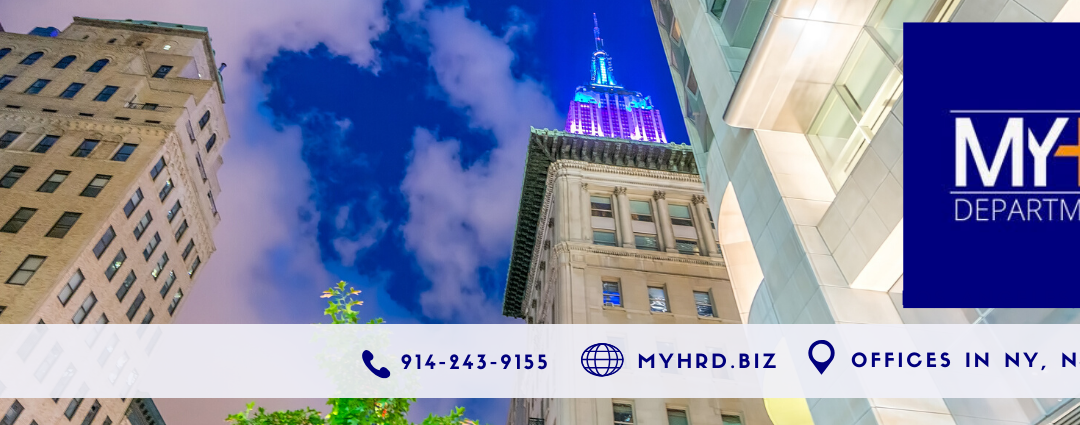While most parts of the country remain in lockdown across the country, and a few select states dip their toes into the re-open pool, there is a great deal of work that employers could and should be doing in order to support their businesses now and when we get back to the “new” normal.
We want to be optimistic that the country will re-open and never have to deal with COVID-19, but that is not the case. The medical community is suggesting that we are not out of the woods yet, and there could be a second wave of infections and deaths if we do not proceed with great caution.
So, whether it is a resurgence of Covid-19 or another catastrophic event, you need to be better prepared than you may have been when the Covid shutdown occurred. I say better prepared, because most of the companies I have talked to, were caught short when they were open for business one day and closed the next. Most catastrophes do not announce their arrival; they are just upon us without warning.
Fires, Storms, Hazmat situations, Health Emergencies are always looming, but we tend to not think about them.
This World Pandemic has forever changed the business landscape. Companies that rejected the idea of telecommuting, are now telecommuting. Upscale restaurants with seating and beautiful dining rooms are now take-out joints. Amazon’s business has exploded due to customers’ fear of leaving the house and brick and mortar stores of all types have been forced into selling their products on the internet sales as it is their only source of business.
We all hope to get back to what we previously defined as normal, but we are no longer sure what that is going to look like.
WHAT SHOULD YOU BE DOING NOW?
- Develop your remote work policy:
- Checklist for Emergency Telecommuting Preparation
- Temporary Telecommuting Policy – reinforcing that the procedures in place are temporary in nature and are not to be considered an ongoing business practice.
- Short-Term Telecommuting Agreement
- Have your employees sign-off on the rules of working from home. Formalize what was most likely ad-hoc when the government mandates went into effect.
- Employee Handbook Updates:
There are and will be more changes coming that will impact everything from new sick-leave policies to revisions to your workplace safety policy. Bring your own device policies should be revisited as people have become used to working remotely.
- Business Continuity Planning:
If you do not have a Business Continuity Plan in place, this should be one of your first priorities.
Business continuity planning is the process of creating systems of prevention and recovery to deal with potential threats to a company. In addition to prevention, the goal is to enable ongoing operations before and during the execution of disaster recovery. From phone chains to distribution of company resources, you need to have a plan in place that everyone knows exists and knows what to do in the event of a catastrophe. This used to be called “Disaster Recovery Planning” which includes backing up your important systems and notifying your customers.
- Cyber Security Review:
In the normal day to day business operations, you were confident that all the money you spent on cybersecurity was protecting your business from the never-ending attacks by hackers and others looking for ways to get over on companies. So far so good.
The next day, you found yourself sending your workforce to their homes to work and shelter in place for the duration of the pandemic. Suddenly, your employees were using any laptop, desktop, or tablet to access your secure work environment. This has led to your secure environment being exposed to every piece of malware, every bug in the employees’ home systems as they connected to your company server. So much for a very secure environment.
- Leverage Downtime:
As you wait for government stimulus funds or if you have already received your fair share, many employees may be underutilized.
- Training: Why not take care of all of your training needs? Give employees something to do that will bring them back to business smarter and more effective. They will welcome the opportunity to develop more skills and you will end up being the beneficiary. Web-based training is very simple to roll out and is very cost-effective.
- Review Job Descriptions: Ever wonder what some of your employees are doing day to day? Does it seem like they are doing things you weren’t aware of during their workday? Have your employees prepare a detailed summary of what they are actually doing day to day. This can help shed light on the disconnect between what you think they are doing and what they are actually doing.
- Review Overall Operational Efficiency: What is working during this change in your operations? What isn’t working? What would you like to make a permanent part of your operations? What can you do better if this happens again?
- Plan for Getting Back to Business:
It is highly likely that the way your business operated before the Pandemic will not be the same after business returns to a more normal state. I am advising all business owners to step back and reflect on what the business will look like when they reopen. It will most certainly not be the flip of a switch and a return to normal. How will you interact with your customers? How will you interact with your vendors? Will the infrastructure of your business meet the needs of a post Pandemic workforce? What will happen to coffee rooms, copier locations, cubicle placement, bathroom access, and elevator access in your office building? You need to rethink all of these details. In the next couple of days, we will be publishing a “Back to Work” checklist.
As always, we are ready, willing and very able to assist you with any of the items mentioned in the newsletter.
WE ARE ALL IN THIS TOGETHER!
